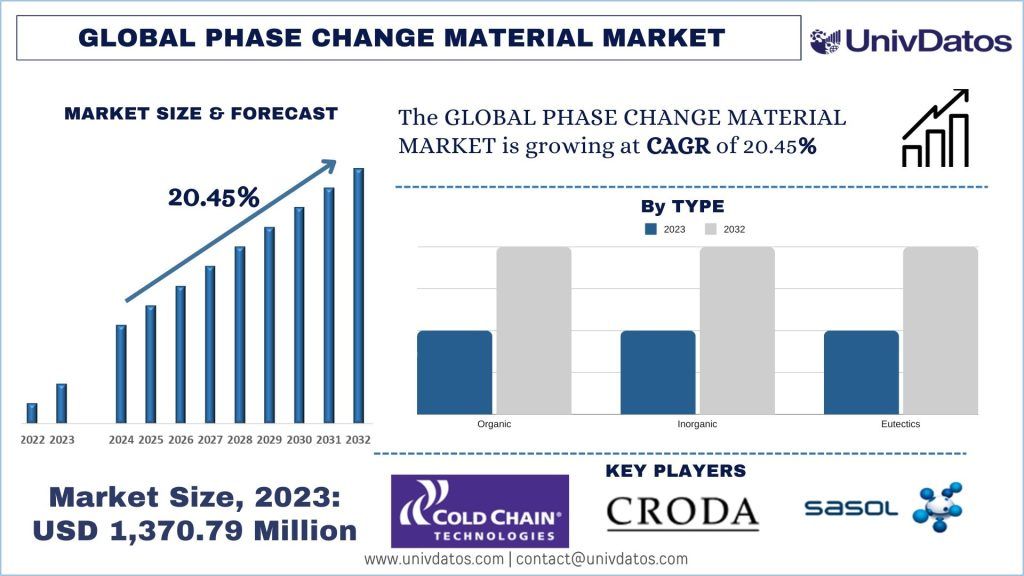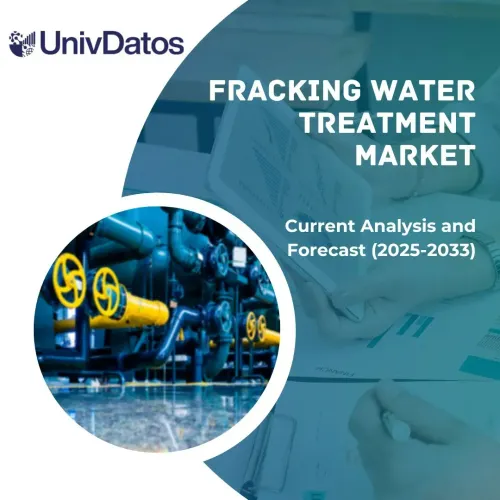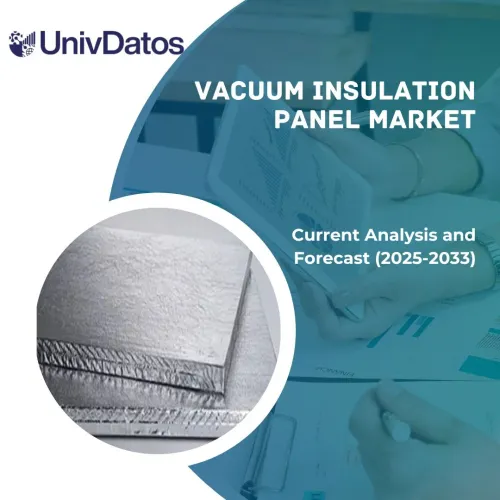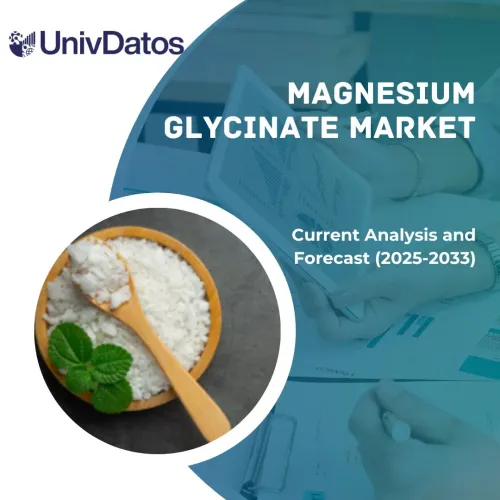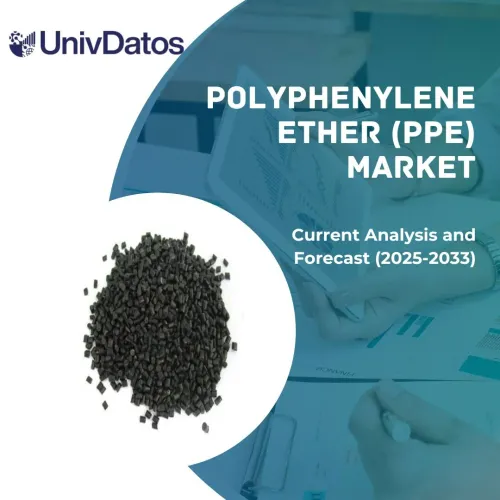- Home
- About Us
- Industry
- Services
- Reading
- Contact Us
Phase Change Material Market: Current Analysis and Forecast (2024-2032)
Emphasis on Type (Organic, Inorganic, and Eutectics); Application (Building and Construction, HVAC, Electronics, Thermal Energy Storage, Others); and Region/Country
Phase Change Material Market Size & Forecast
The phase change material market was valued at USD 1,370.70 million in 2023 and is expected to grow at a robust CAGR of around 20.45% during the forecast period (2024-2032) driven by the growing application in the building and construction industry, which leads to save colossal energy and decrease the environmental impact. Additionally, the burgeoning adoption of electric vehicles globally also acts as a primary catalyst for the phase change material market.
Phase Change Material Market Analysis
Phase Change Material has been considered an effective material in various industries to save energy and increase overall efficiency. Modern society heavily depends on energy, and energy consumption will increase by 48% by 20240, as per the European Commission. With the growing construction industry globally has also boosted the demand for phase change material. As the construction industry booms, the demand for energy efficiency and thermal comfort in buildings has increased drastically in the past few years. These materials are extensively used due to their ability to store and release thermal energy during the phase transition, helping to regulate indoor temperature and reducing the need for conventional heating and cooling systems. Therefore, this leads to significant energy savings for household and commercial buildings. In recent years, the Chinese construction industry has seized the opportunities brought by the new technological revolution and industrial transformation, striving to improve efficiency and reduce energy consumption. As a result, it has achieved continuous transformation and upgrading. For instance, in 2023, according to the report published by the National Bureau of Statistics of China, the construction industry is one of the pillar industries of China’s national economy, with a total output value exceeding 31 trillion yuan (USD 4.34 trillion) in 2022, employing over 52 million people. Hence, the above factors have positively impacted on the market and are expected to show meteoric growth in the forecast period.
Phase Change Material Market Trends
Increasing Applications in the Automotive Sector for Thermal Management
The increasing application due to the increased adoption of phase change material in the automotive sector for thermal management is likely to be a prominent trend in the phase change material market. With the burgeoning adoption of electric vehicles globally, almost 14 million new electric cars were registered in 2023, bringing the total number on the roads to 40 million, an increase of 35% from 2022. With the electrification of vehicles, there’s a growing demand for more efficient thermal management systems to regulate the temperature of batteries, motors, and critical parts. Phase change materials are known for their superior latent heat capacity, acting as heat absorbers without notable temperature increases. This material can release trapped heat into surroundings when no heat is transferred internally, making them reversible heat absorbers. Moreover, PCMs are considered one of the best materials for maintaining thermal uniformity between batteries. Additionally, paraffin wax is a suitable phase change material for charging and discharging a battery cell with a melting point of around 67 C, which is low enough to keep battery cells in a pack at a low temperature. Therefore, with the deployment of PCMs in electric vehicles, there is an increase in battery life without PCMs and an improvement in energy capacity as 90% of the nominal battery capacity is accessible, rather than 60% with air cooling.

Europe Dominated the Phase Change Material Market
The Europe phase change material market has the largest market size in 2023 and is expected to have the same effect in the forecast period. The prominent factors contributing to the region’s growth include a well-developed manufacturing sector, with Germany as its leading manufacturer and exporter of PCMs. Germany has a vast manufacturing sector that provides for automotive, industrial goods, chemical, aerospace, and defense, which uses vast amounts of power and increases energy consumption. Therefore, the adoption of innovative PCMs has been an instrumental sustaining factor for Europe’s dominance. Moreover, the growth of the construction industry has fueled the demand, mainly the increasing focus on green construction in the region, which has also acted as a catalyst for the market that contributed to optimizing heating, ventilation, and air conditioning systems, leading to more efficient energy utilization in buildings. For instance, according to the European Construction Industry Federation (FIEC), investment in the non-residential buildings construction segment increased by 2.1% in 2022. Furthermore, various government initiatives have been taken to promote and improve the region’s adoption of phase change material. For instance, the European Union has implemented the “Carbon Credit” initiative. By incorporating phase change material in applications such as building and HVAC, companies will earn 10-20 times more carbon credit than available through using other green insulating materials. This has further encouraged the adoption of PCMs and continued to sharpen the demand in the region.
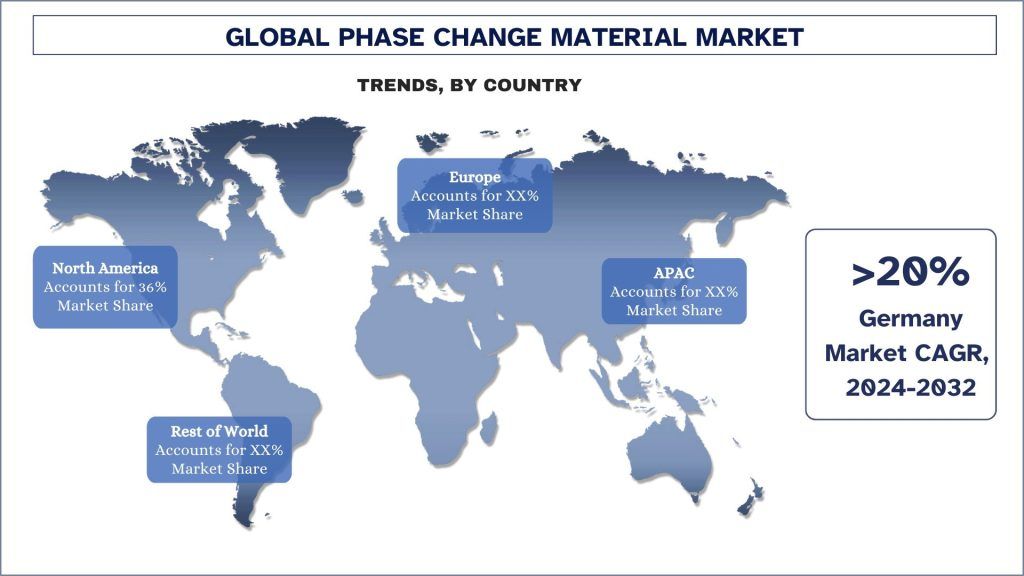
Phase Change Material Industry Overview
The phase change material market is competitive and concentrated, with few global and international players. The key players are adopting different growth strategies to enhance their market presence, such as partnerships, agreements, collaborations, new product launches, geographical expansions, and mergers and acquisitions. Some major players operating in the market are Cold Chain Technologies, Croda International Plc, Sasol Limited, Honeywell International Inc., Boyd, PureTemp LLC, Outlast Technologies GmbH, Teappcm, Rubitherm Technologies GmbH, and Climator Sweden AB.
Phase Change Material Market News
- In June 2024, Cold Chain Technologies, LLC opened a new manufacturing plant in Breda, Netherlands, to further support the expansion in Europe. The plant has been selected as both a manufacturing and distribution center for the company’s wide range of products and services in Europe. This new plant will manufacture and deliver advanced thermal assurance solutions using phase change material.
- In October 2023, Cold Chain Technologies, LLC acquired Exeltainer, a global provider of thermal packaging solutions with manufacturing hubs in Spain and Brazil. This acquisition provided the European region with access to a broader portfolio of solutions and services from CCT with the added benefit of sourcing and manufacturing within the region.
- In September 2022, Sinomax USA launched new foam bedding technologies that address various problems, including washability. The Phase change material cooling technology called BioFrost, a first-of-its-kind technology certified and approved by the USDA Bio-preferred program, contains up to 94% bio-based content. According to the company, this content percentage is higher than any other PCM additive on the market.
Phase Change Material Market Report Coverage
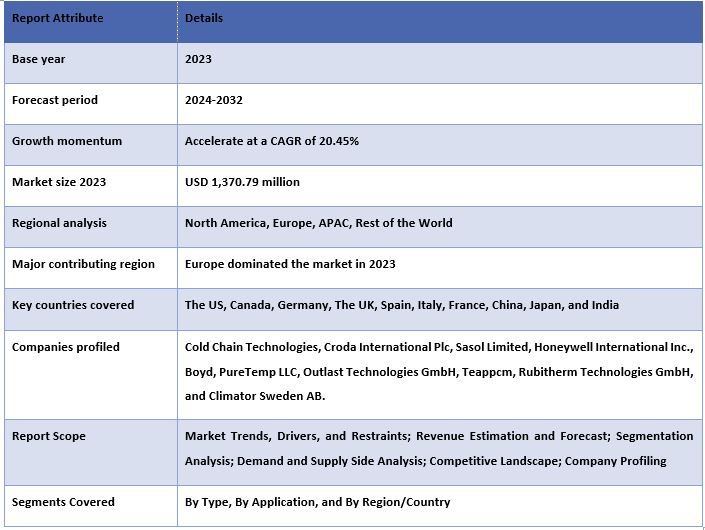
Reasons to buy this report:
- The study includes market sizing and forecasting analysis validated by authenticated key industry experts.
- The report presents a quick review of overall industry performance at one glance.
- The report covers an in-depth analysis of prominent industry peers with a primary focus on key business financials, product portfolios, expansion strategies, and recent developments.
- Detailed examination of drivers, restraints, key trends, and opportunities prevailing in the industry.
- The study comprehensively covers the market across different segments.
- Deep dive regional level analysis of the industry.
Customization Options:
The global phase change material market can further be customized as per the requirement or any other market segment. Besides this, UMI understands that you may have your own business needs, hence feel free to contact us to get a report that completely suits your requirements.
Table of Content
Research Methodology for the Medium Density Fiberboard Market Analysis (2024-2032)
Analyzing the historical market, estimating the current market, and forecasting the future market of the global medium-density fiberboard market were the three major steps undertaken to create and analyze the adoption of medium density fiberboard in major regions globally. Exhaustive secondary research was conducted to collect the historical market numbers and estimate the current market size. Secondly, to validate these insights, numerous findings and assumptions were taken into consideration. Moreover, exhaustive primary interviews were also conducted, with industry experts across the value chain of the global medium-density fiberboard market. Post assumption and validation of market numbers through primary interviews, we employed a top-down/bottom-up approach to forecasting the complete market size. Thereafter, market breakdown and data triangulation methods were adopted to estimate and analyze the market size of segments and sub-segments of the industry pertains to. Detailed methodology is explained below:
Analysis of Historical Market Size
Step 1: In-Depth Study of Secondary Sources:
Detail secondary study was conducted to obtain the historical market size of the medium density fiberboard market through company internal sources such as annual reports & financial statements, performance presentations, press releases, etc., and external sources including journals, news & articles, government publications, competitor publications, sector reports, third-party database, and other credible publications.
Step 2: Market Segmentation:
After obtaining the historical market size of the medium density fiberboard market, we conducted a detailed secondary analysis to gather historical market insights and share for different segments & sub-segments for major regions. Major segments are included in the report by type and application. Further country-level analyses were conducted to evaluate the overall adoption of testing models in that region.
Step 3: Factor Analysis:
After acquiring the historical market size of different segments and sub-segments, we conducted a detailed factor analysis to estimate the current market size of the medium density fiberboard market. Further, we conducted factor analysis using dependent and independent variables such as type and application of the medium density fiberboard market. A thorough analysis was conducted for demand and supply-side scenarios considering top partnerships, mergers and acquisitions, business expansion, and product launches in the medium density fiberboard market sector across the globe.
Current Market Size Estimate & Forecast
Current Market Sizing: Based on actionable insights from the above 3 steps, we arrived at the current market size, key players in the global medium density fiberboard market, and market shares of the segments. All the required percentage shares split, and market breakdowns were determined using the above-mentioned secondary approach and were verified through primary interviews.
Estimation & Forecasting: For market estimation and forecast, weights were assigned to different factors including drivers & trends, restraints, and opportunities available for the stakeholders. After analyzing these factors, relevant forecasting techniques i.e., the top-down/bottom-up approach were applied to arrive at the market forecast for 2032 for different segments and sub-segments across the major markets globally. The research methodology adopted to estimate the market size encompasses:
- The industry’s market size, in terms of revenue (USD) and the adoption rate of the medium density fiberboard market across the major markets domestically
- All percentage shares, splits, and breakdowns of market segments and sub-segments
- Key players in the global medium density fiberboard market in terms of products offered. Also, the growth strategies adopted by these players to compete in the fast-growing market.
Market Size and Share Validation
Primary Research: In-depth interviews were conducted with the Key Opinion Leaders (KOLs) including Top Level Executives (CXO/VPs, Sales Head, Marketing Head, Operational Head, Regional Head, Country Head, etc.) across major regions. Primary research findings were then summarized, and statistical analysis was performed to prove the stated hypothesis. Inputs from primary research were consolidated with secondary findings, hence turning information into actionable insights.
Split of Primary Participants in Different Regions
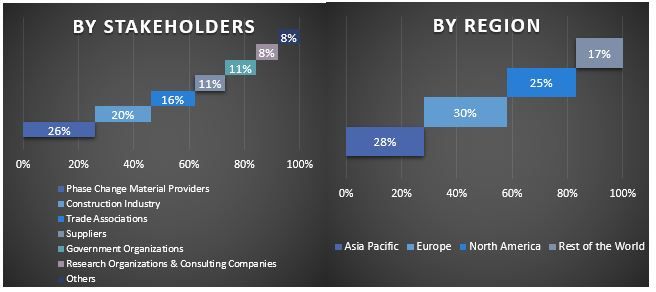
Market Engineering
The data triangulation technique was employed to complete the overall market estimation and to arrive at precise statistical numbers for each segment and sub-segment of the global medium density fiberboard market. Data was split into several segments & sub-segments post studying various parameters and trends in the areas of the type and application in the global medium density fiberboard market.
The main objective of the Global Medium Density Fiberboard Market Study
The current & future market trends of the global medium density fiberboard market were pinpointed in the study. Investors can gain strategic insights to base their discretion for investments on the qualitative and quantitative analysis performed in the study. Current and future market trends determined the overall attractiveness of the market at a regional level, providing a platform for the industrial participant to exploit the untapped market to benefit from a first-mover advantage. Other quantitative goals of the studies include:
- Analyze the current and forecast market size of the medium density fiberboard market in terms of value (USD). Also, analyze the current and forecast market size of different segments and sub-segments.
- Segments in the study include areas of the type and application.
- Define and analysis of the regulatory framework for the medium density fiberboard
- Analyze the value chain involved with the presence of various intermediaries, along with analyzing customer and competitor behaviors of the industry.
- Analyze the current and forecast market size of the medium density fiberboard market for the major region.
- Major countries of regions studied in the report include Asia Pacific, Europe, North America, and the Rest of the World
- Company profiles of the medium density fiberboard market and the growth strategies adopted by the market players to sustain the fast-growing market.
- Deep dive regional level analysis of the industry
Frequently Asked Questions FAQs
Q1: What is the current market size and growth potential of the phase change material market?
Q2: What are the driving factors for the growth of the phase change material market?
Q3: Which segment has the largest phase change material market share by Type?
Q4: What are the emerging technologies and trends in the phase change material market?
Q5: Which region will dominate the phase change material market?
Related Reports
Customers who bought this item also bought

